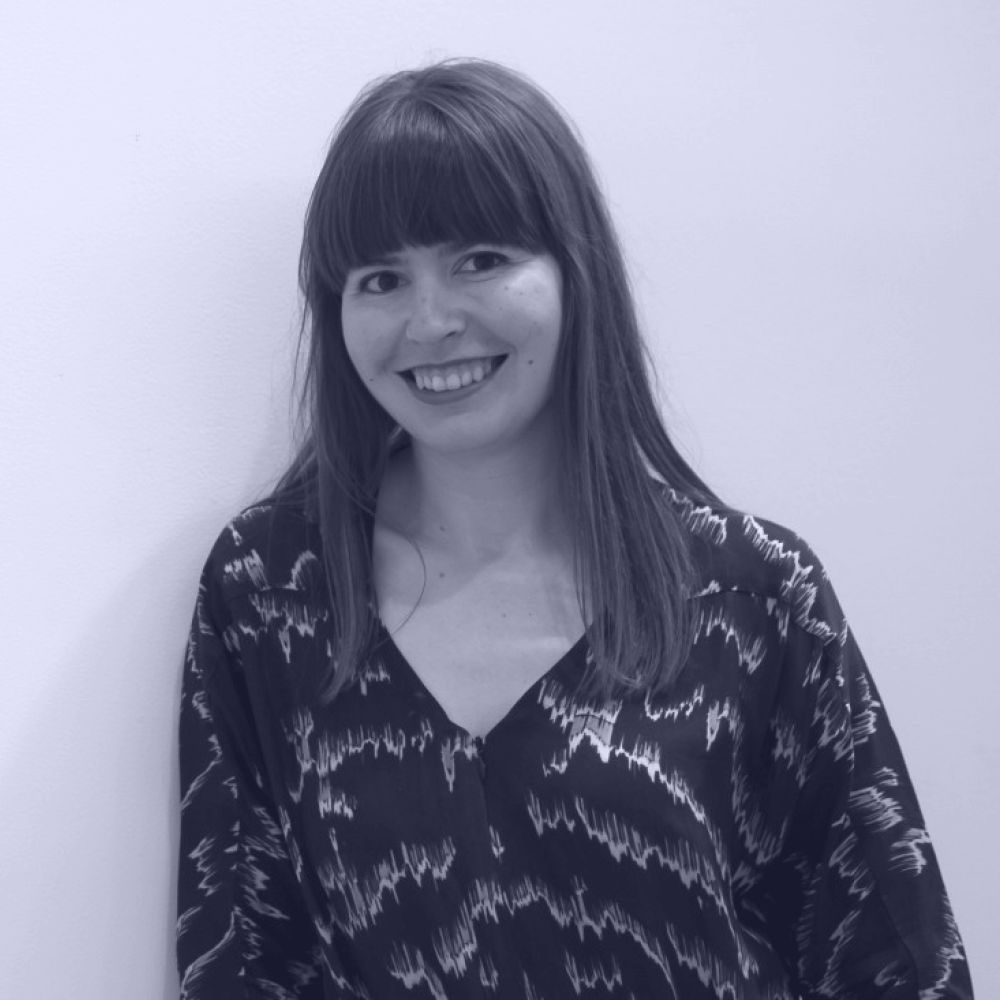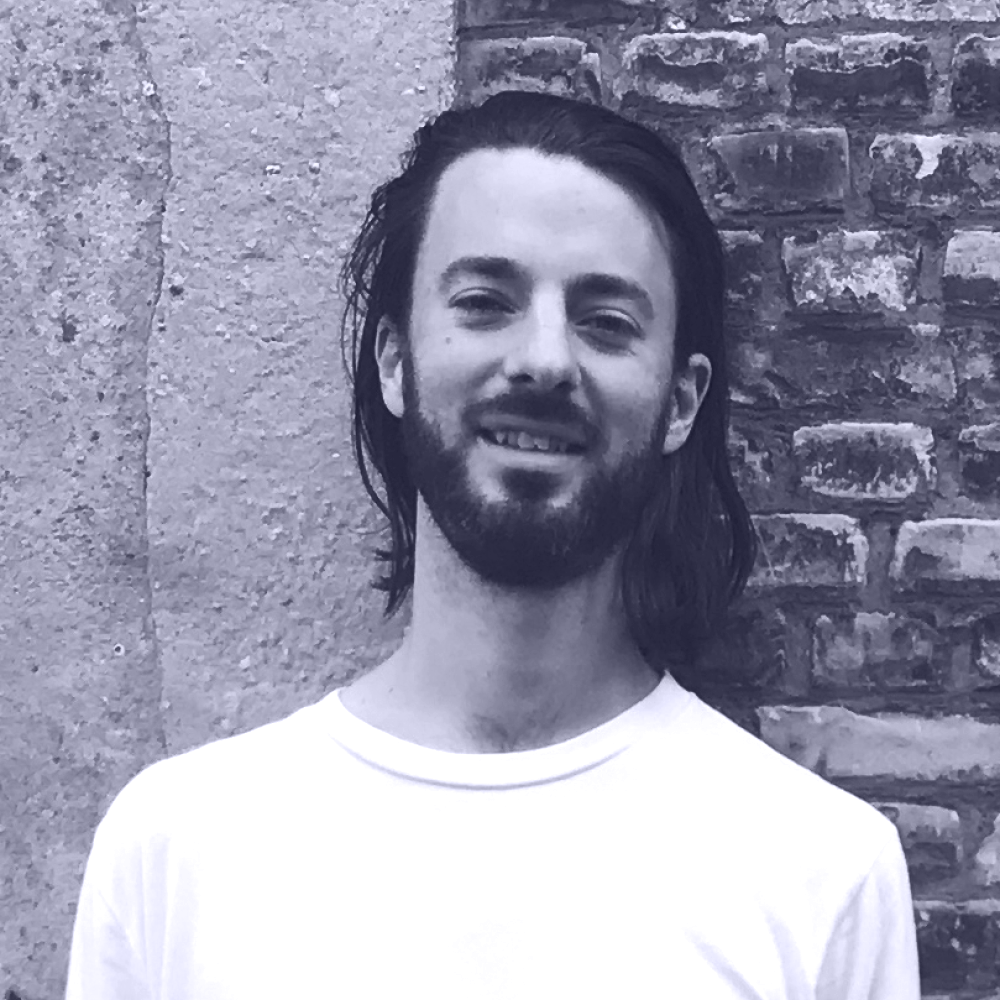Details.
When
Friday 27 July 2018
9.00am – 5.00pm
Where
Eternity Playhouse
39 Burton Street
Darlinghurst Sydney NSW
— Google Maps
Tickets
Ticket sales for this event are closed.
Partners
Design Speaks Conferences 2018Presenting Partner
Housing FuturesPrincipal Partner
Major Partners
Earn CPD Points
Contacts
Nicole Greenwell
Sponsorship and Events Header Image Apartment In Nerima by Go Hasegawa and Associates. Photography by Iwan Baan.Program.
- 8.45am Attendee arrival
- 9.00am Welcome from Katelin Butler, editor, Houses magazine
-
9.15am
Keynote address
Angelo Candalepas, founding director, Candalepas Associates (Sydney) -
10.00am
Keynote address
Alison Von Glinow, founding director, Kwong Von Glinow (Chicago) - 10.45am Morning tea
-
11.15am
Case study
Philip Oldfield, senior lecturer in high-performance architecture, University of New South Wales (Sydney) -
Case study
Jacqui Alexander, program coordinator at Monash Art Design and Architecture; director, Alexander Sheridan Architecture (Melbourne) -
Case study
Andy Fergus, urban designer, Nightingale (Melbourne) -
12.15pm
Keynote address
Saskia Sassen, Robert S. Lynd Professor of Sociology and Member of the Committee on Global Thought at Columbia University (New York) - 1.00pm Lunch break
-
2.15pm
Keynote address
Go Hasegawa, founding director, Go Hasegawa and Associates (Tokyo) -
3.00pm
Panel discussion: Where to from here?
Chair: Roderick Simpson, Environment Commissioner, architect and urbanist. Angelo Candalepas; Alison Von Glinow; Go Hasegawa; Saskia Sassen - 3.45pm Closing comments from Cameron Bruhn, editorial director, Architecture Media
- 4.00pm Closing drinks
- 5.00pm Event concludes
Keynote Addresses.
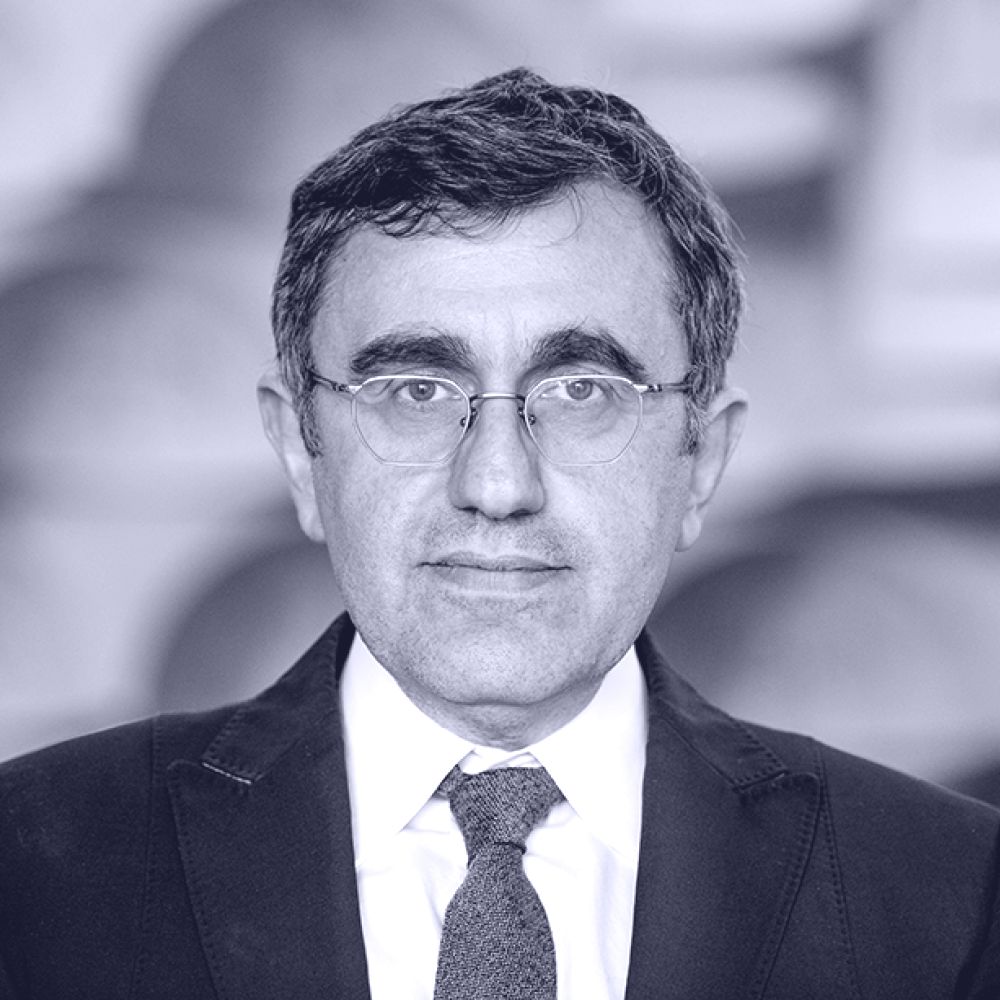
Flat buildings and the act of architecture
Presented by
Angelo Candalepas, Founding Director, Candalepas Associates
The repetition of discrete "spaces" in space is the central task in the design of a flat building; how artfully one is able to best perform the act of architecture with an economy of form. And "economy of form" is inextricably linked to economy in building.
And then there is the present now-familiar problem of an architect’s dexterity to ably apply themself to the concurrent issues of regulation and market, while ever attempting to produce a work that offers answers about our time. How boring are the works of residential flat buildings; now that the fundamentals of light and air are bedded down. And yet, this is the "architectural matter" our generation will leave for the next. We will be judged by future generations by how we perform this phenomenon we call urban consolidation.
What we leave behind as our legacy is questionable.
My view is that the present plaudits are implausible if we imagine what it will be like to look back to what was designed in our time.
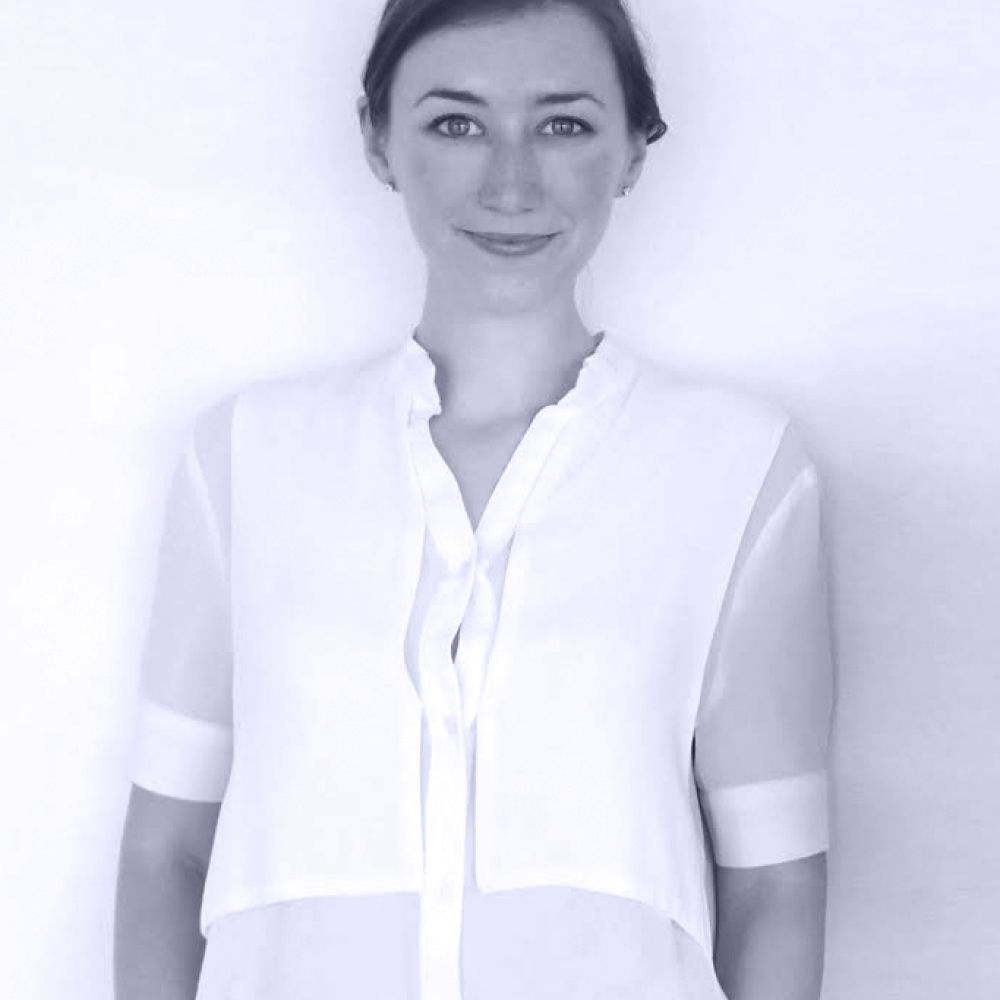
Enjoy architecture: Searching for a relatable future
Presented by
Alison Von Glinow, Founding director, Kwong Von Glinow
As more and more people migrate to cities, as part of what Doug Saunders is calling “the last and greatest migration,” the demand for housing in cities is increasing dramatically. As such, it is not uncommon for architecture offices to receive the inquiry: does your office sell stock unit plans? As designers who are shaping the future built environment, now is a key moment to question a standardized housing formula and re-evaluate the elements that constitute the home.
Alison Von Glinow, founder of Kwong Von Glinow Design Office, will share the projects of her office which explore overlooked elements of what constitute a home: from storage, to circulation, to unit identity. With the belief that architecture is more powerful than the norm, her studio’s design approach “Enjoy Architecture” searches for the relatable to connect to its inhabitants and inspire new futures in housing.

The city is a complex but incomplete system
Presented by
Saskia Sassen, Robert S. Lynd Professor of Sociology and Member of the Committee on Global Thought at Columbia University,
Cities are living systems – systems where technology, buildings and people interact. A bit messy, a bit anarchic, the city is a space, historically, where people without power can execute a project, where they can make their own history. But what happens when technology becomes the “innards” of a city? Does the high-tech city, a system that is complex but closed, threaten the dynamism and evolution of cities as we know them? Can technology hack the city? Or can the city hack technology?
Saskia Sassen is a world-renowned sociologist and urban thinker who has, over more than three decades, been a key contributor to the evolving discourse around globalization, transnationalism and the idea of the “global city.” A recent area of interest has been the emergence of new kinds of high-tech cities characterized by pervasive surveillance and an increasing rate of technological obsolescence. She is also conducting research into the relationship between the urban and the biospheric, arguing that new buildings should be built as instruments for environmental sustainability.
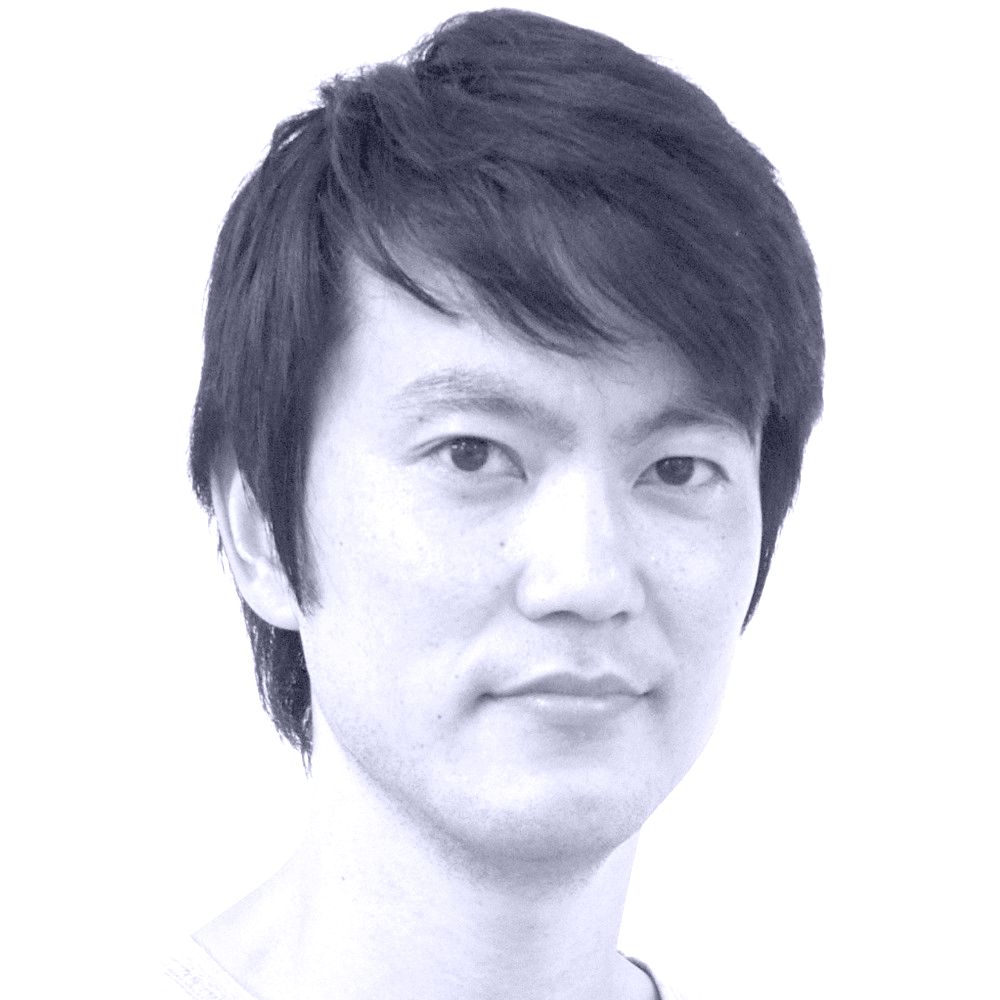
Elastic space
Presented by
Go Hasegawa, Founder, Go Hasegawa & Associates
In Espèces d'espaces, Georges Perec wrote about the page, the bed, the bedroom, the apartment, the apartment building, the street, the neighbourhood, the town, the countryside, the country, Europe, old continent, new continent, world and space. We recognize various kinds of divisions between the spaces in our world, rather than those individual spaces. Housing, especially, has always emphasized such various kinds of divisions — scale, ownership, sale/rent, inside/outside, private/common/public — which were mostly produced by the economic capitalism in the twentieth century. But as we know, it’s almost impossible to divide our real life of spaces in such a way. Beyond the clear, transparent, static spaces that have been produced, I aim to make more ambiguous, translucent and elastic space in housing projects.
Case studies.
Gardens in the sky: Experiences of communal spaces at height in Singapore
Presented by
Philip Oldfield, Senior lecturer, high-performance architecture, The University of New South Wales
Despite an increase in high-rise housing, questions remain about the kind of homes we are building at height in Australia, and their appeal and suitability for different socio-economic groups. One opportunity suggested to improve this is to include community spaces at height in tall buildings, such as "streets in the sky" and "skygardens," to provide areas for children to play and for escapism and psychological relief from high-density living. While such ideas abounded in the mid-twentieth century, their apparent failure in built examples mean today they are often derided as a relic of the past.
However, in Singapore, the skygarden has been reinvented, reinvigorated and reimagined as a key component to contemporary high-rise housing. One of the most prominent examples is the Pinnacle@Duxton, which houses over 1,800 apartments across seven towers, linked together by skygardens at level 26 and 50. These accommodate a wide mix of functions including an 800-metre running track, an outdoor gym for the elderly, a playground for children, and a residents’ community centre – all at height in the city. This presentation will discuss the first post-occupancy evaluation of these skygardens, exploring residents’ experience of these spaces – from their ability to foster escapism and peace in a high-density setting, to the stringent rules that govern their use, provoking feelings of frustration in the residents and contested ownership between building stakeholders.
On-demand domesticity
Presented by
Jacqui Alexander, Director, Alexander Sheridan Architecture
The sharing economy is changing the way we use, understand and access space, and disrupting the social dynamics of the city. One disruptor, home-sharing platform, Airbnb has lowered the barriers to accessing space by developing a framework that enables a global pool of applicants to rent homes on-demand, in shorter increments of time, and at a premium. Practitioner and academic Jacqui Alexander will discuss the challenges and opportunities that Airbnb presents for the future of Australian housing by examining Melbourne as a case study: arguing that in its short lifespan, Airbnb has wrought significant changes at the scale of the room, house, neighbourhood and city. On-demand domesticity is already changing the social fabric of the city – the question now is how to design and plan for it.
Through a discussion of emerging domestic mutations identified in suburban Melbourne, in addition to her own speculative architectural experiments, Jacqui will argue that with design and strategic planning, we can minimize the pernicious effects of Airbnb on the city, and leverage its global success to achieve housing innovation locally.
A foray into the neighbourhood scale – Nightingale Village
Presented by
Andy Fergus, Urban designer, City of Melbourne
Drawing upon ongoing research into collective housing projects in Berlin, Vienna, Amsterdam and South Holland, Andy has been working with Nightingale Housing and Openwork on the urban design component of the first precinct of apartment scale deliberative development in Australia, in the Melbourne suburb of Brunswick. Extending the lessons from critically acclaimed The Commons and Nightingale 1.0, the Nightingale Village provides the first foray of the people oriented housing model into the neighbourhood scale.
Seven award-winning architects, some with experience only in small residential projects, have been given the opportunity to each deliver a multi-residential building for the first time, with the added complexity of working together, and within the framework set by an often uncertain planning framework. The project offers an opportunity to reflect on the opportunities and barriers to upscaling deliberative development beyond the individual building, and provides a model for rethinking urban renewal in our rapidly growing cities.
Panel chair.
Where to from here?
Presented by
Roderick Simpson, Environment Commissioner, architect and urbanist, Greater Sydney Commission







